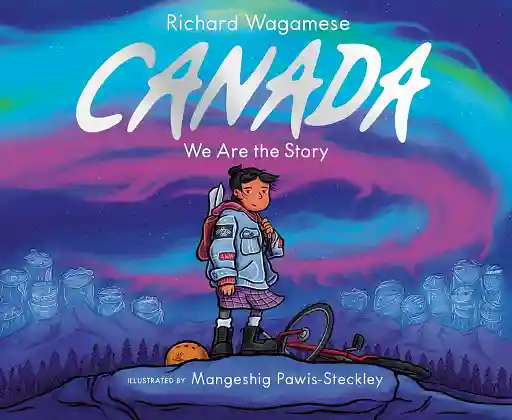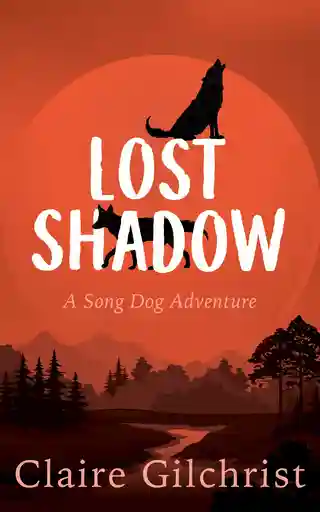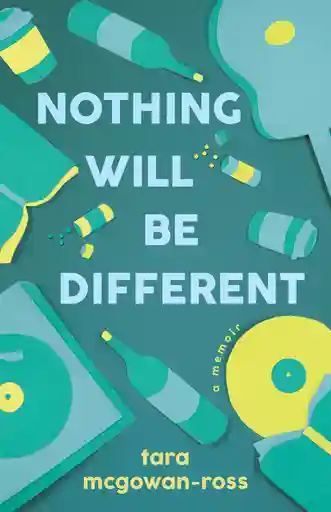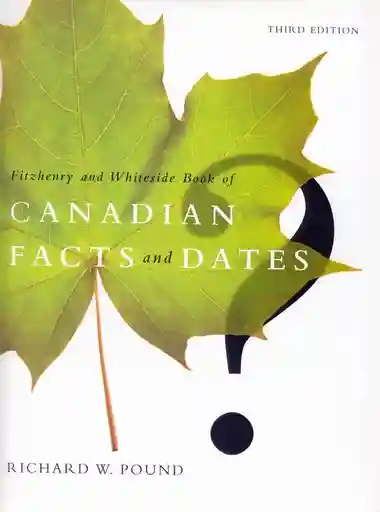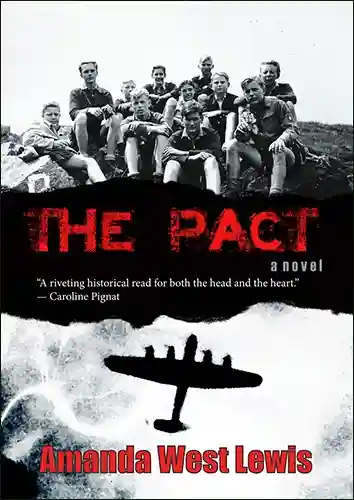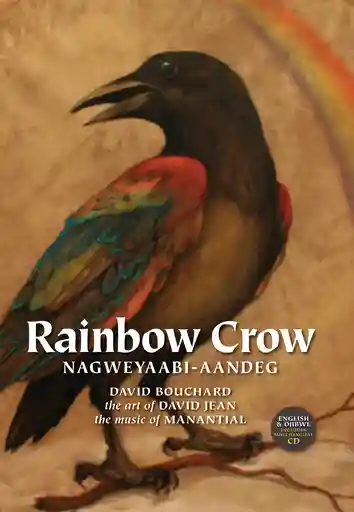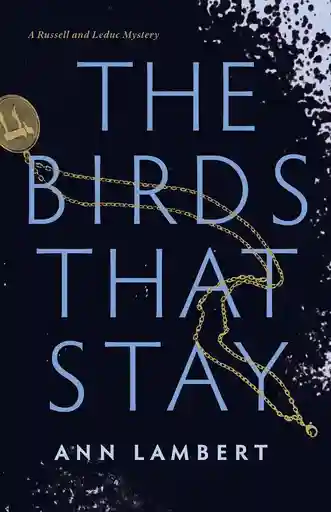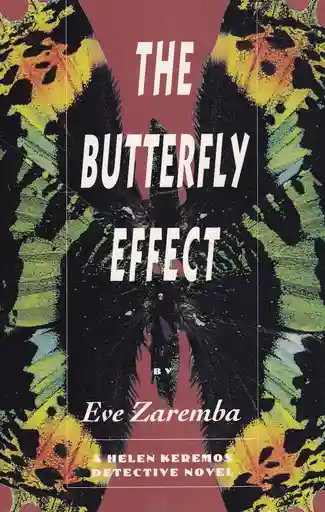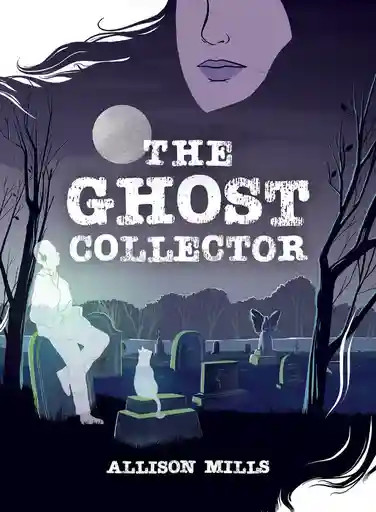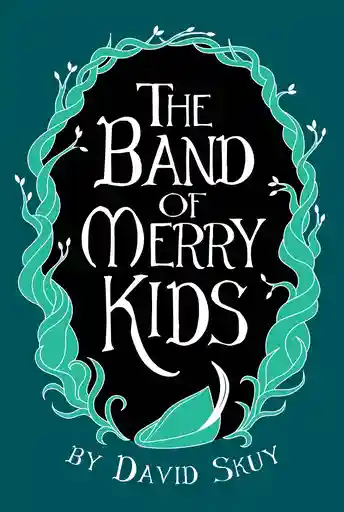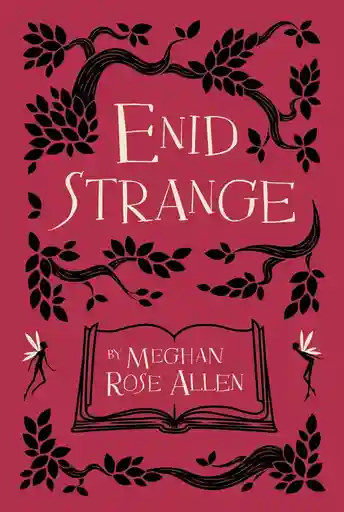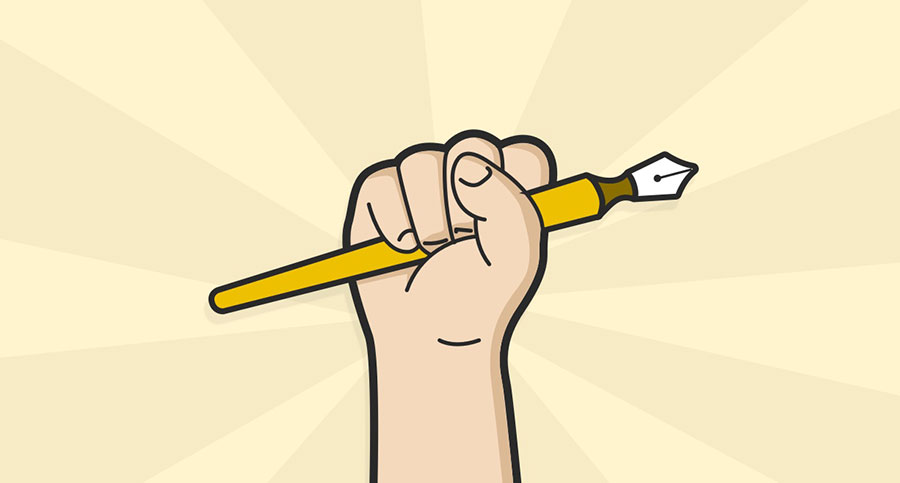What do book publishers do?
Sure, a book publisher prints and sells your book. But what they do behind the scenes encompasses much more than that. Publishers handle the entire publishing process for books, including:
- Editing the book, i.e. developmental editing, copy editing, and proofreading;
- Designing the book, i.e. book cover design and any necessary interior book design;
- Promotion and marketing, i.e. writing the book’s blurb, email marketing, setting up media interviews, etc.; and
- Production and distribution, i.e. formatting and distributing hardback, paperback, and ebook versions of the book to stores, both online and brick-and-mortar.
Note that the structure of publishing companies may differ, depending on their size. Bigger book publishers may be made up of publishing houses which may, in turn, be made up of imprints — each of which will have its own brand identity in terms of the type of books it publishes.
However, regardless of a publisher’s size, the scope of their work shouldn’t change. Once you sign with a publisher, they will do everything that it takes to bring your book to market.
What are the most prominent book publishing companies?
If we define success by sheer sales volume, then we might point towards the "Big 5" presses and educational publishers (who rake in a LOT of money). Over the past few decades, these giant publishing companies have merged with and acquired most of the mid-sized publishers in the industry. However, a few still remain. Here are today's biggest book publishing companies:
- Penguin Random House (Big 5)
- Hachette Book Group (Big 5)
- HarperCollins (Big 5)
- Macmillan Publishers (Big 5)
- Simon & Schuster (Big 5)
- Scholastic Corporation
- Pearson Education
- McGraw-Hill Education
- Houghton Mifflin Harcourt
- Cengage Learning
Together, these largest publishers dominate the publishing landscape. Countless beloved books come from their imprints, many of which you’ll find in our directory.
The rest of the publishing landscape is largely made up of small publishers, or independent publishers. Most big publishers don’t directly accept unsolicited submissions without a literary agent — but smaller publishers do, making them a realistic and worthwhile route to publication.
I have a long list of publishers. What next?
Congratulations! Now take a moment to thoroughly vet every publisher on your longlist. Scams are a dime a dozen in the publishing industry, and you want to make 100% sure that you’re dealing with a legitimate publishing company. Again, we strongly recommend reading this post and Writer Beware to know what red flags to watch out for.
When you’re confident in all of the publishers on your longlist, it’s time for the most nerve-wracking step: submitting your manuscript to them.
Check out our free resources if you’re feeling daunted by what comes next. Whether you’re learning how to research publishers or how to personalize a submission, we've got you covered.
Free online materials
- How to Submit a Manuscript to a Publisher In 5 Simple Steps. Read it here.
- Directory of 686 Best Literary Agents. Check it out.
- What Do Agents Do? (And Do You Need One?). Learn more here.
- How to Write a Query Letter in 7 Steps. Read it here.
- How to Personalize Your Query Letters. Check it out.
- How to Write a Nonfiction Book Proposal. Learn more here.
- How to Write a Nonfiction Query Letter. Read it here.
